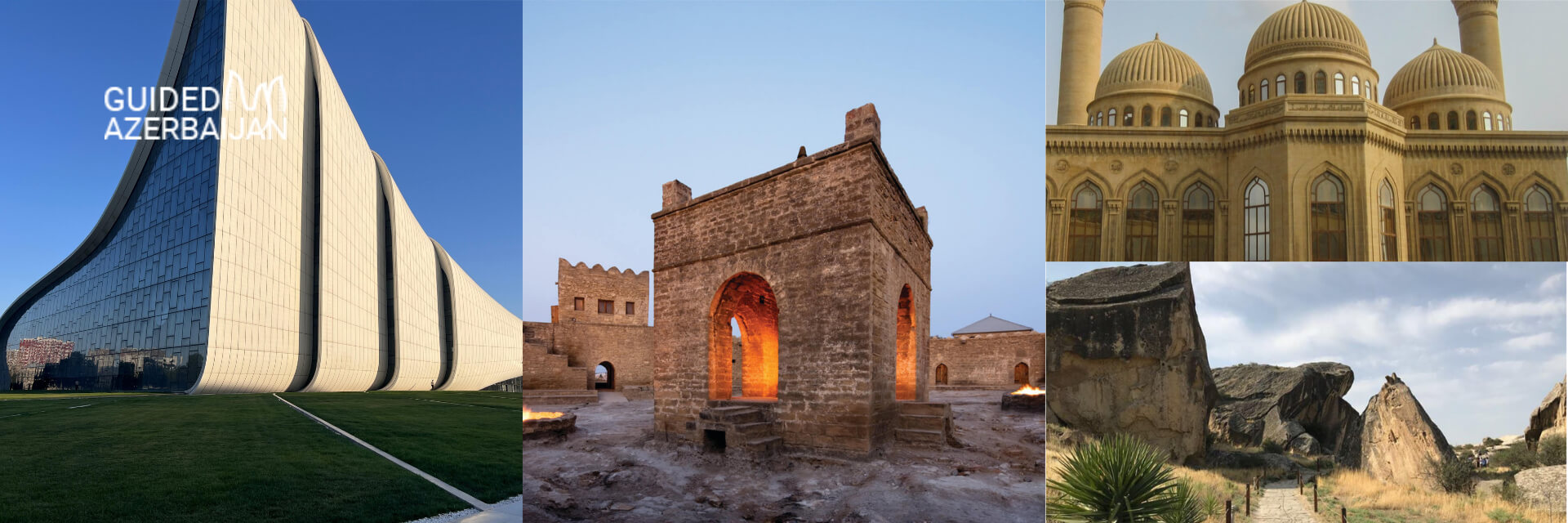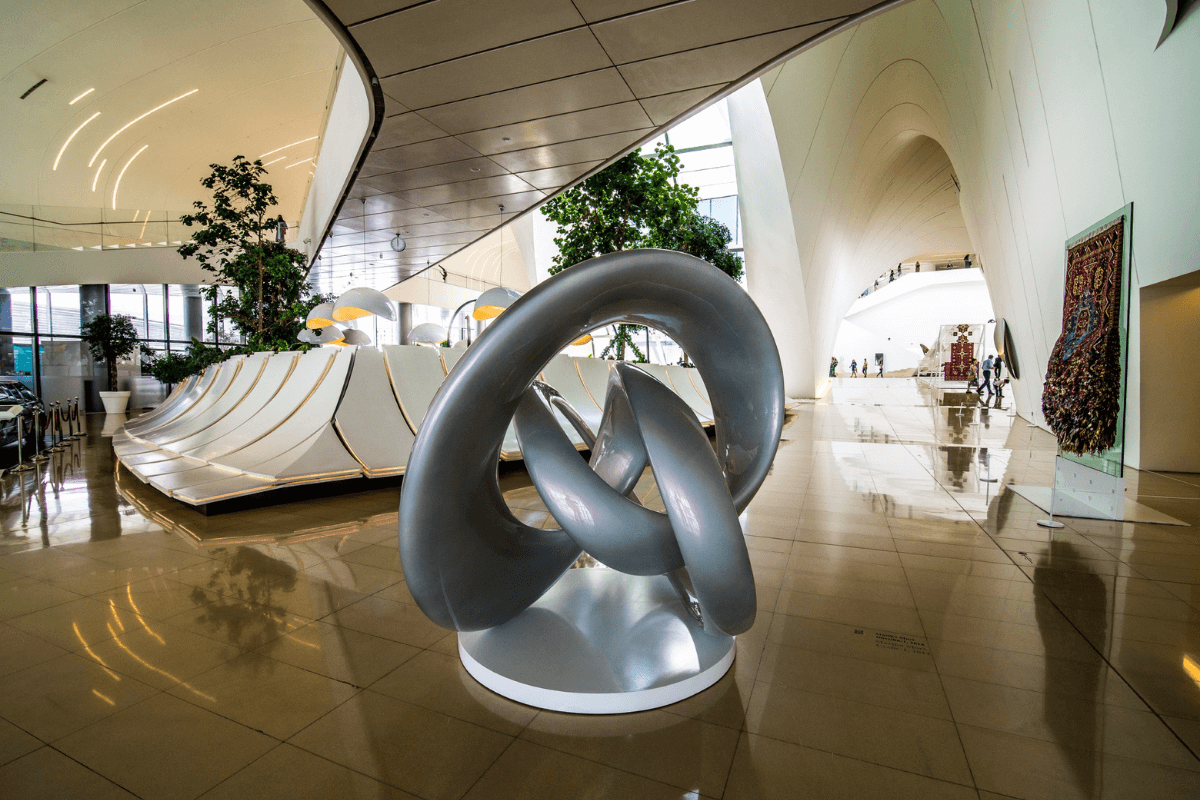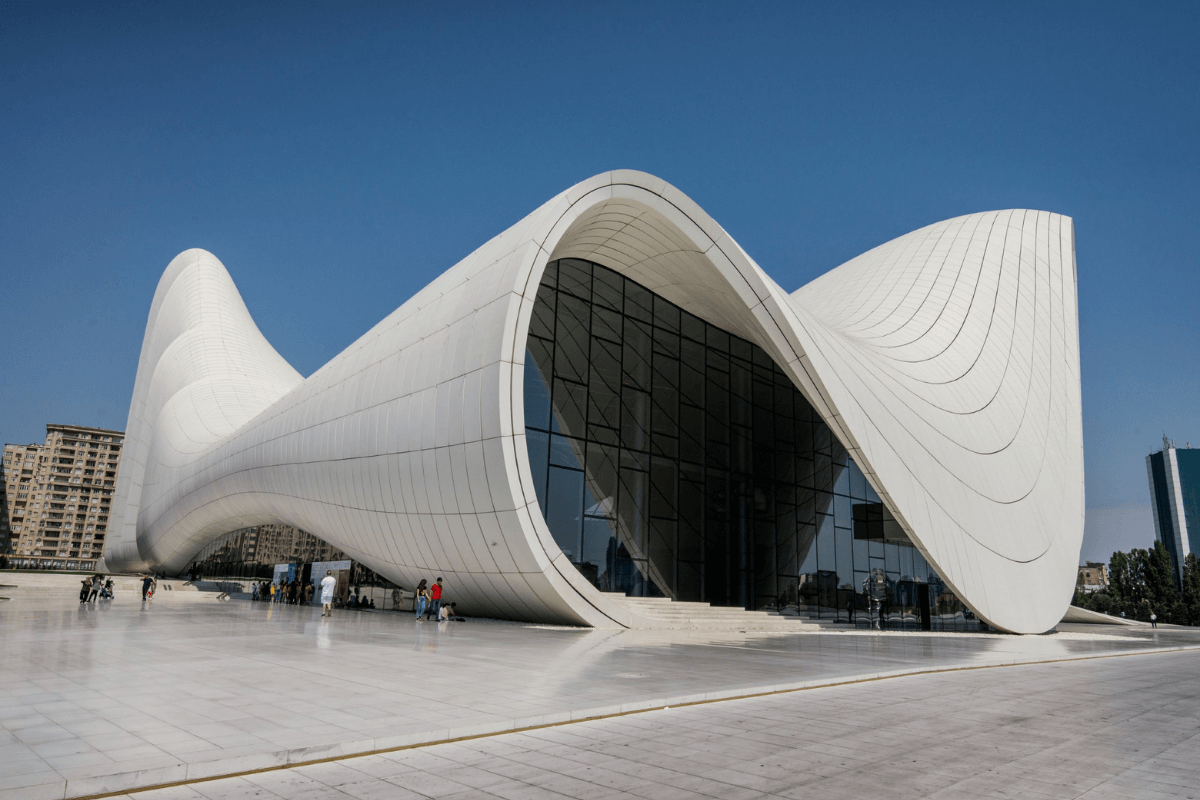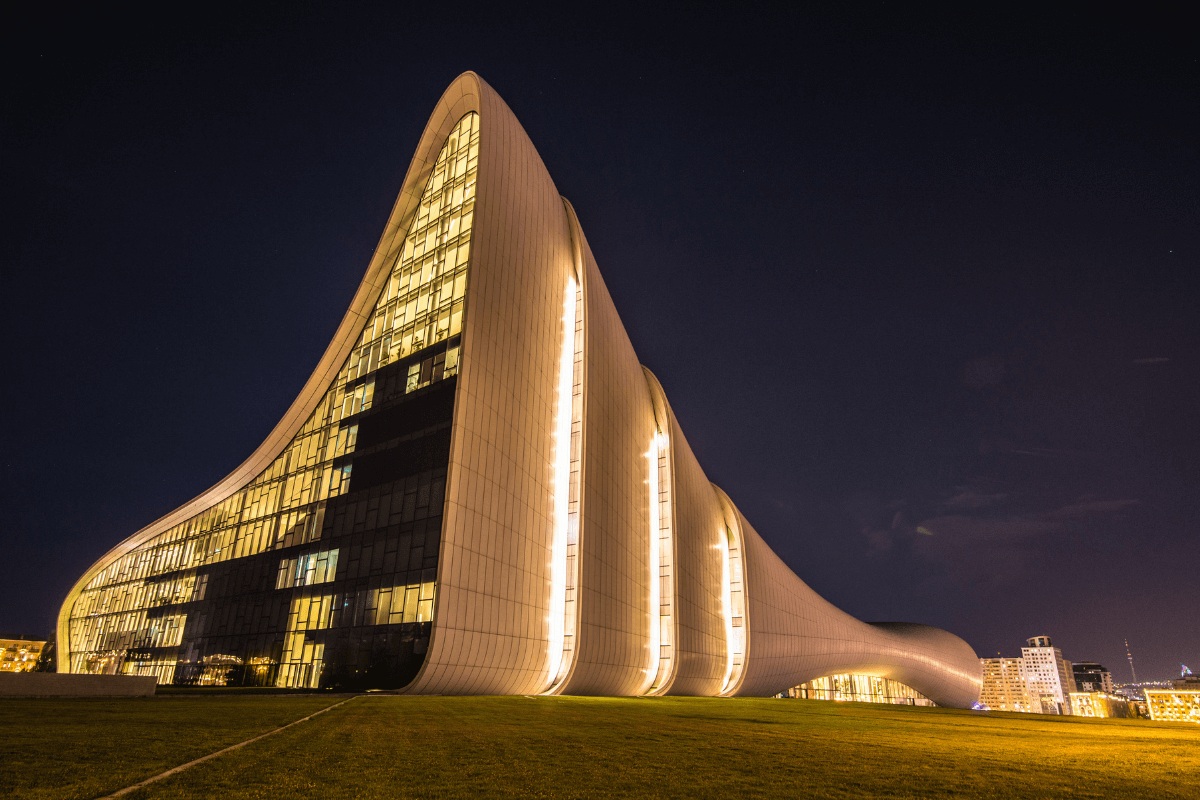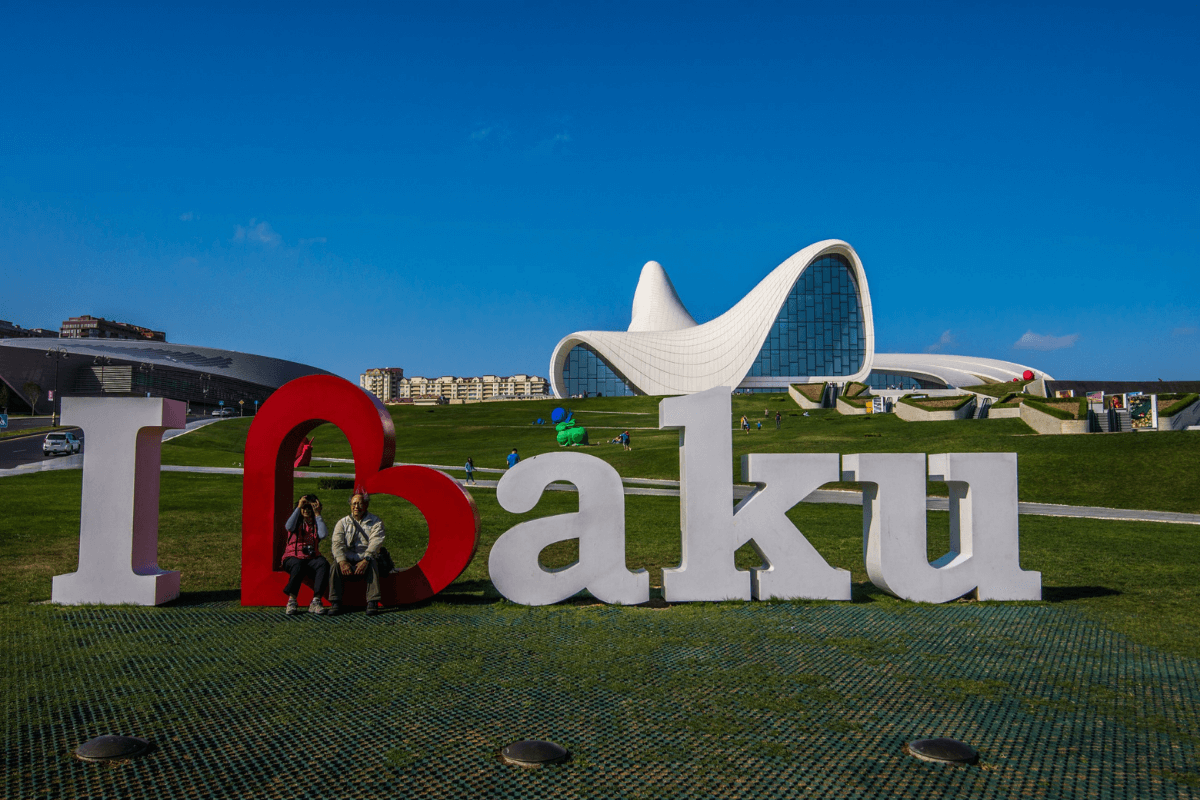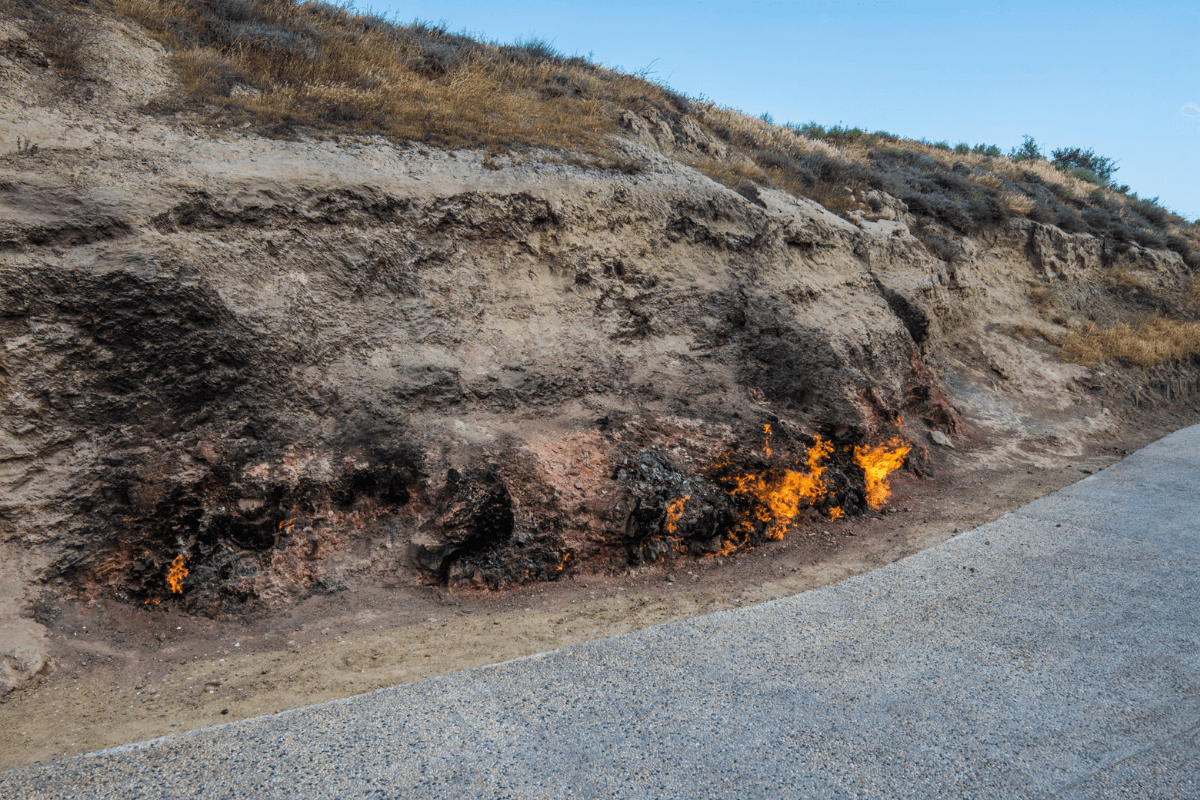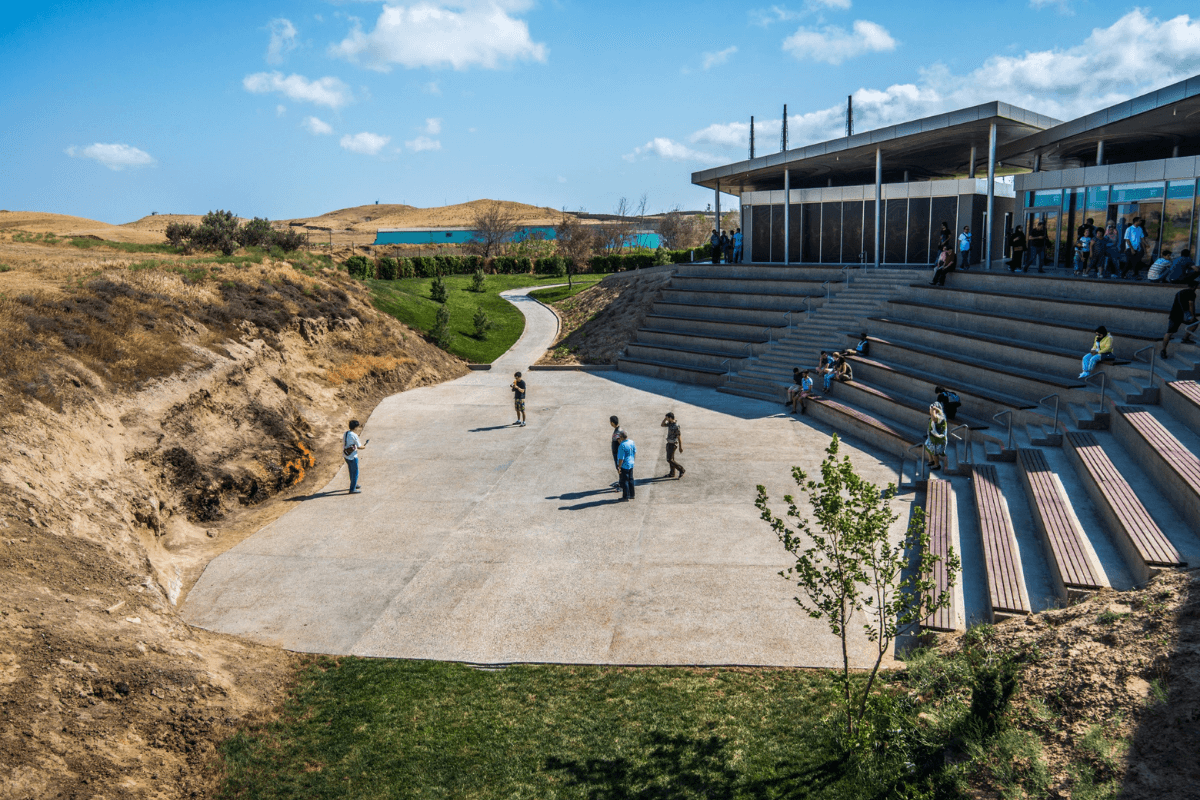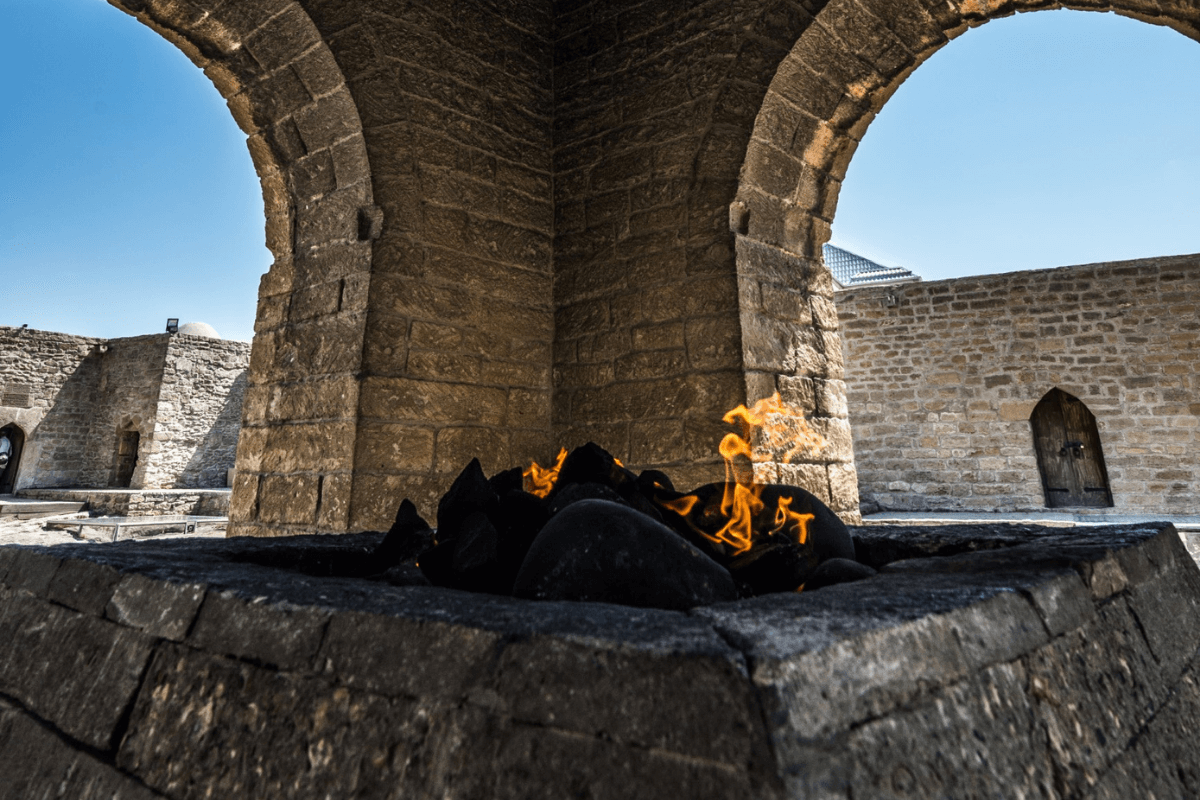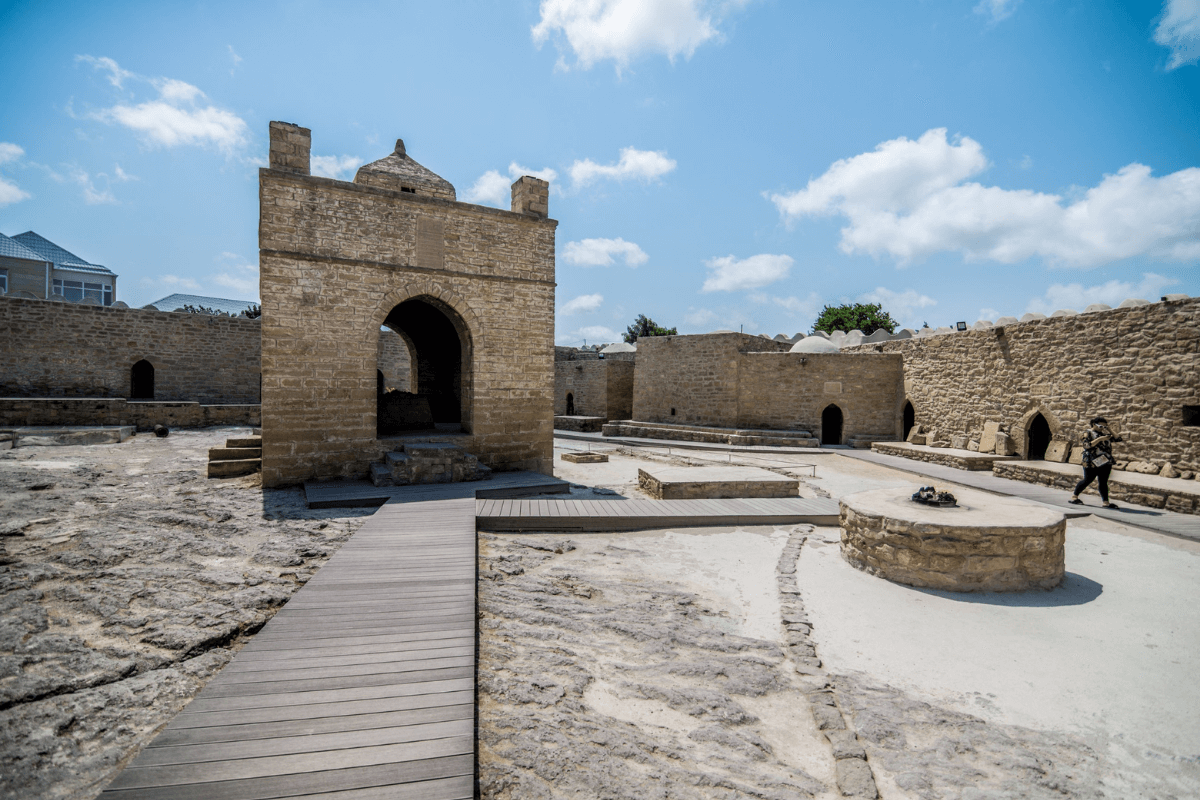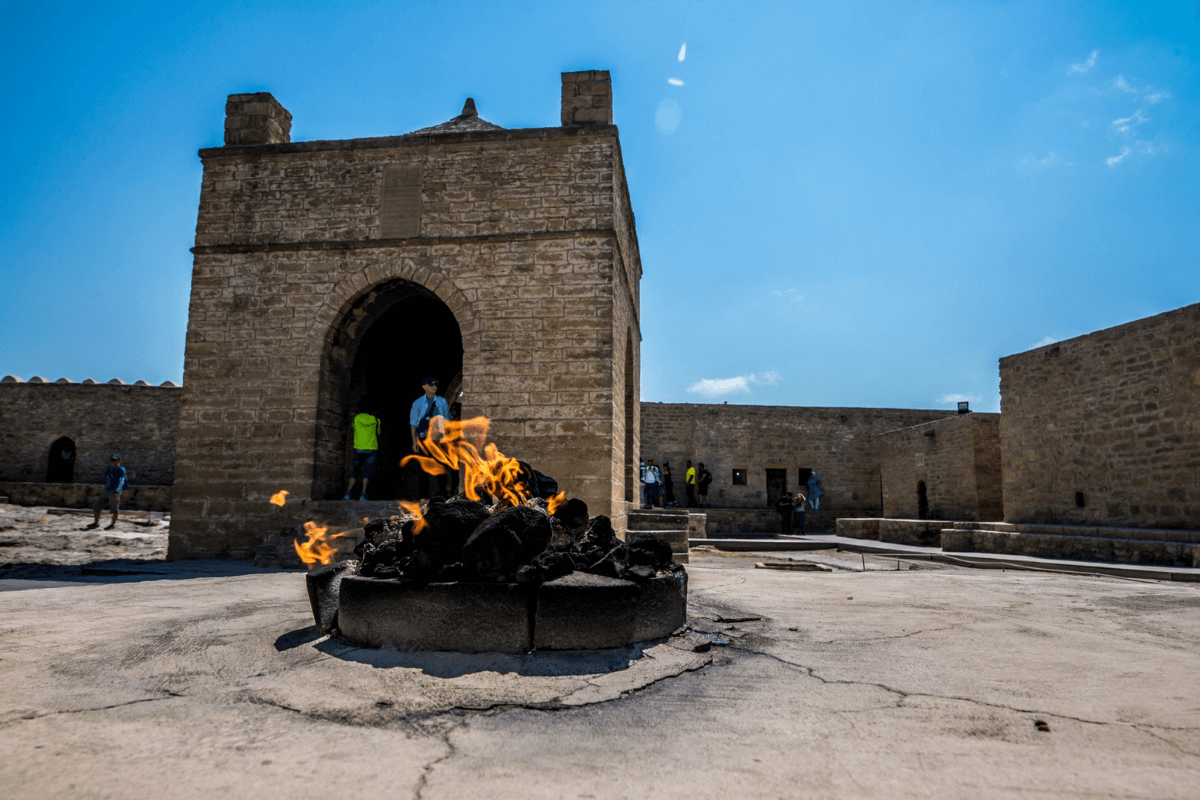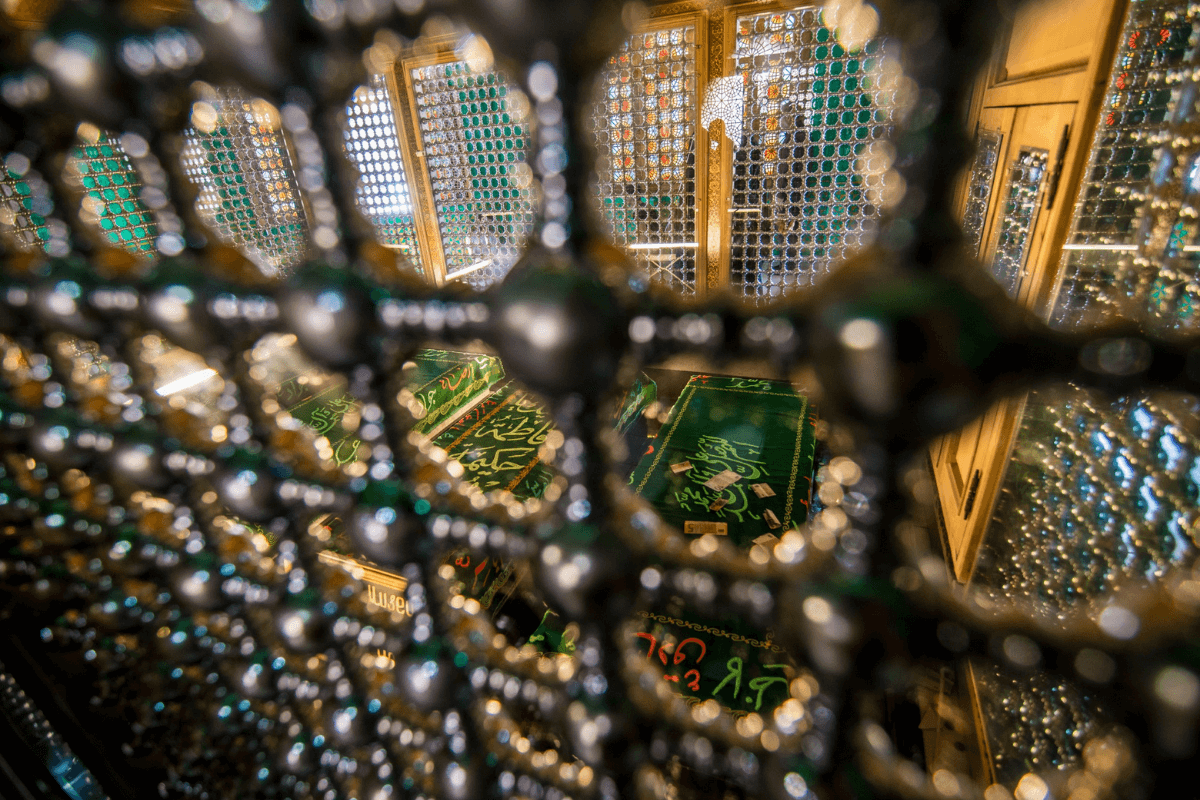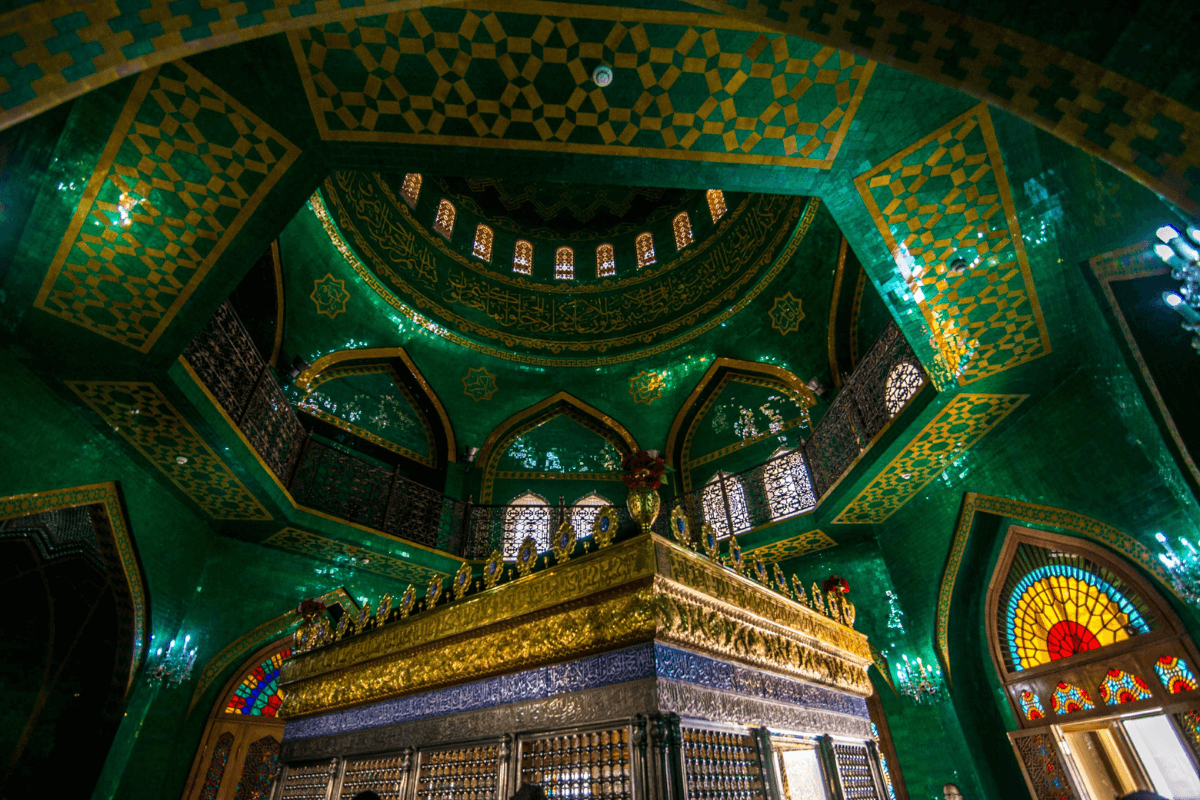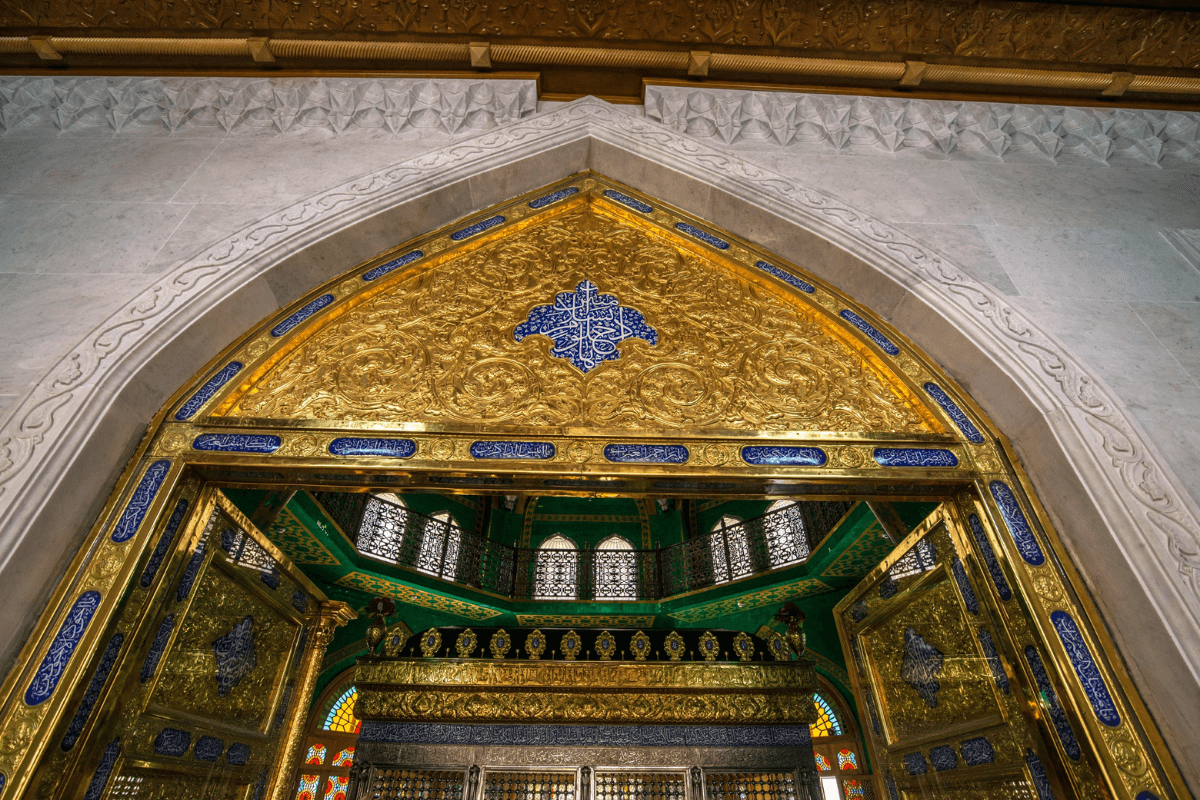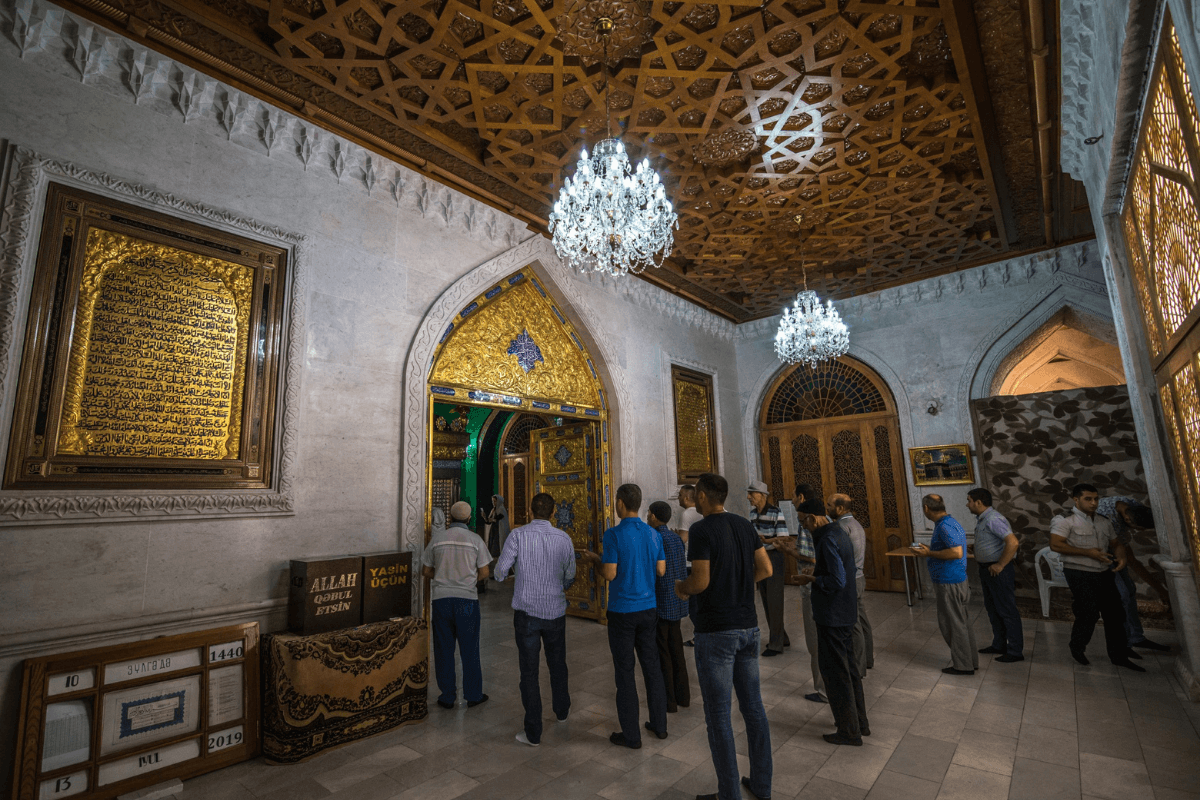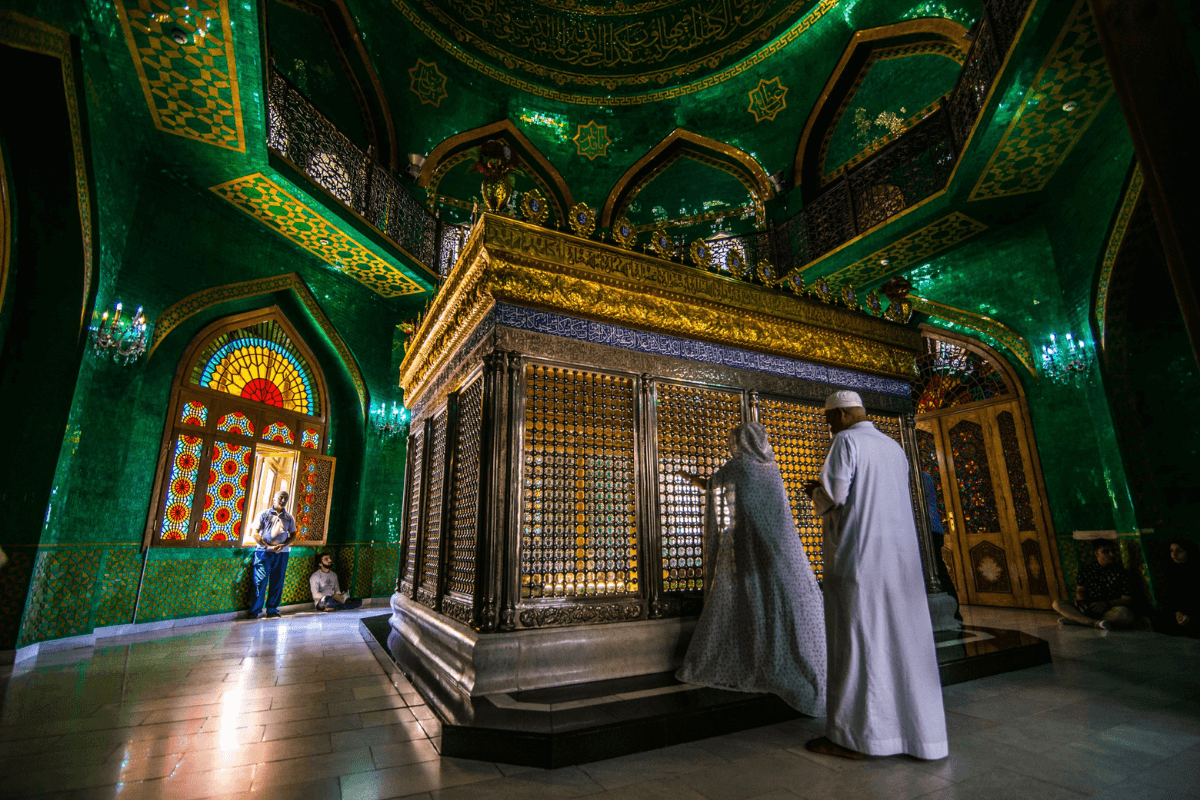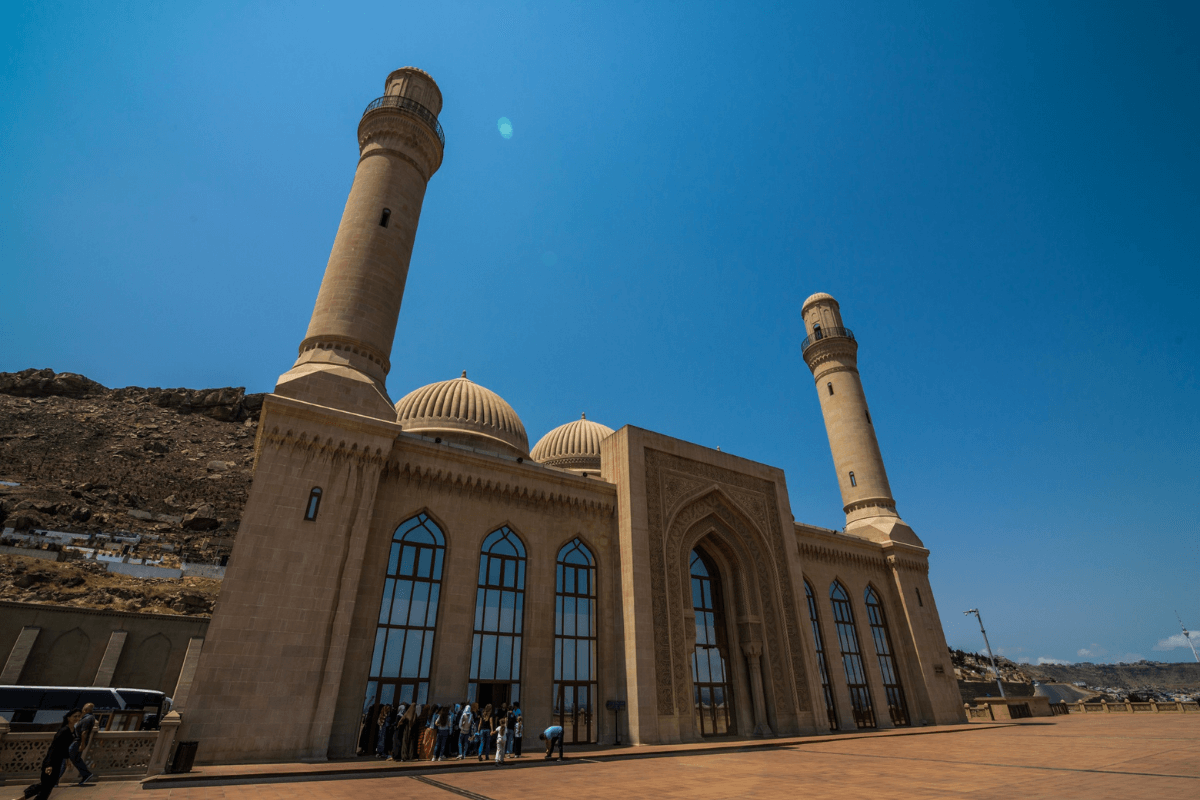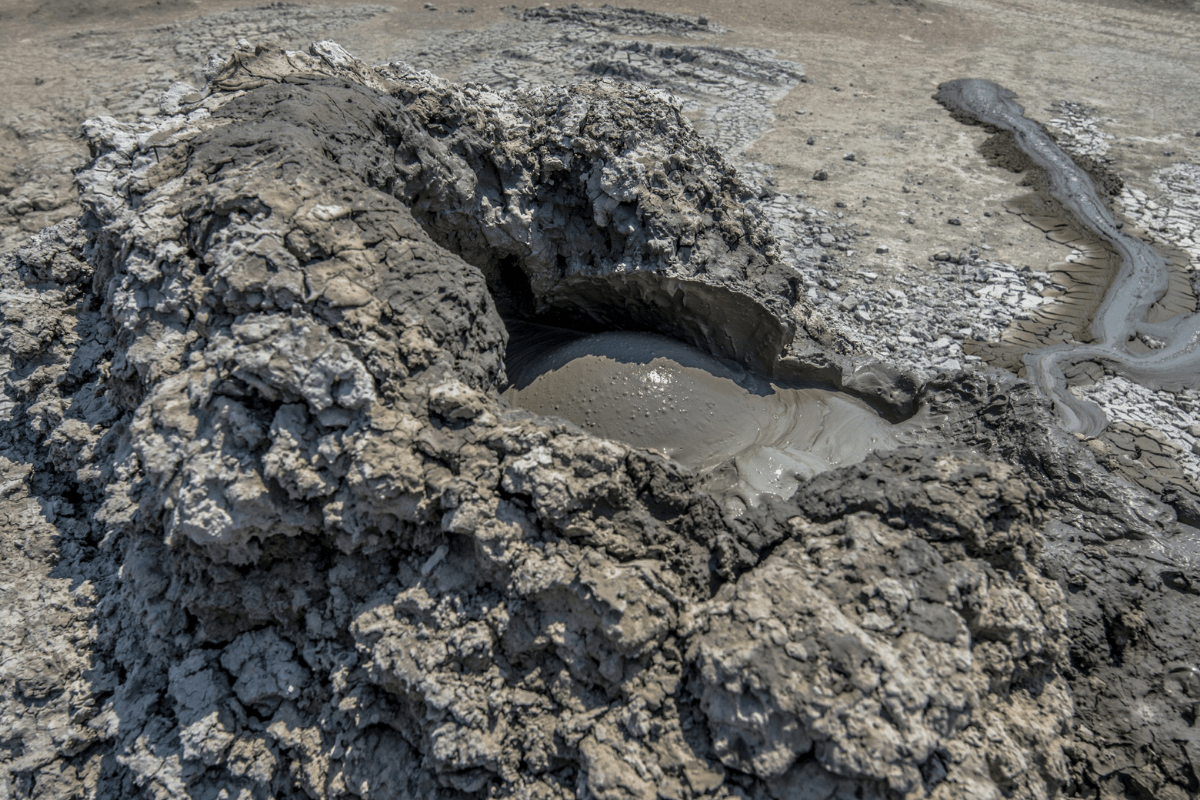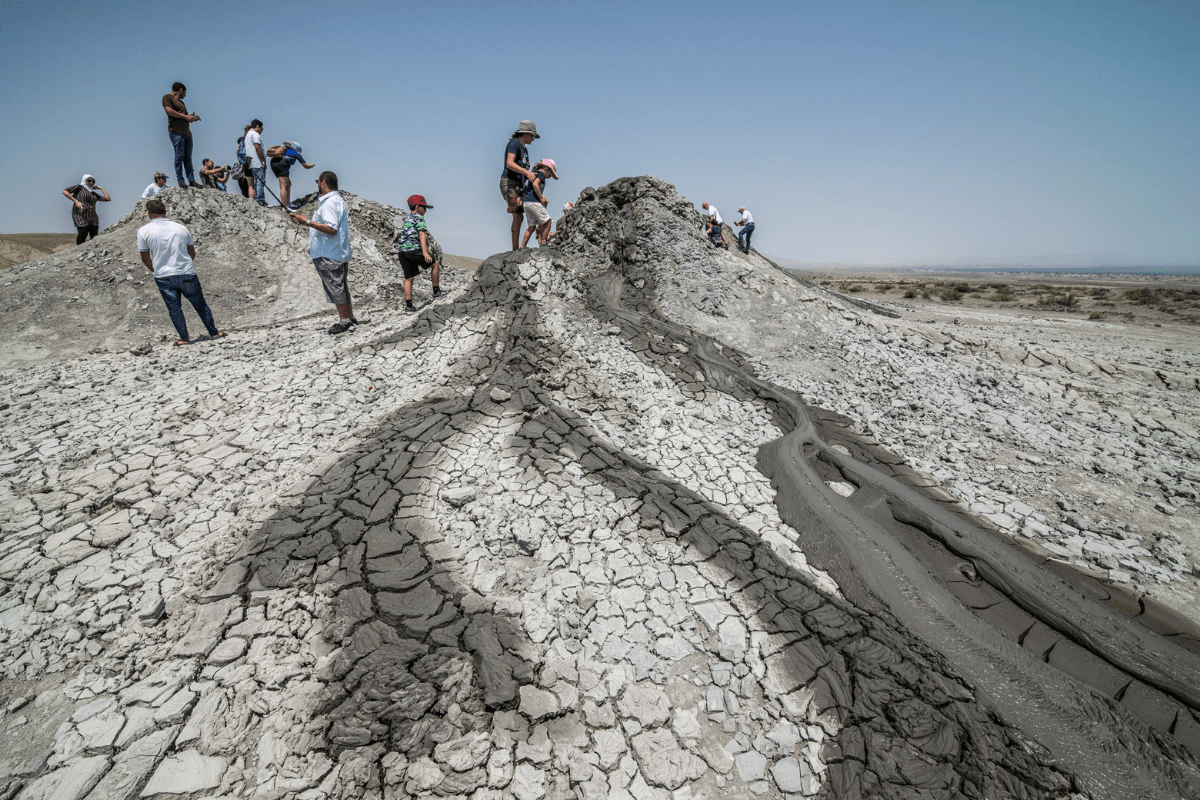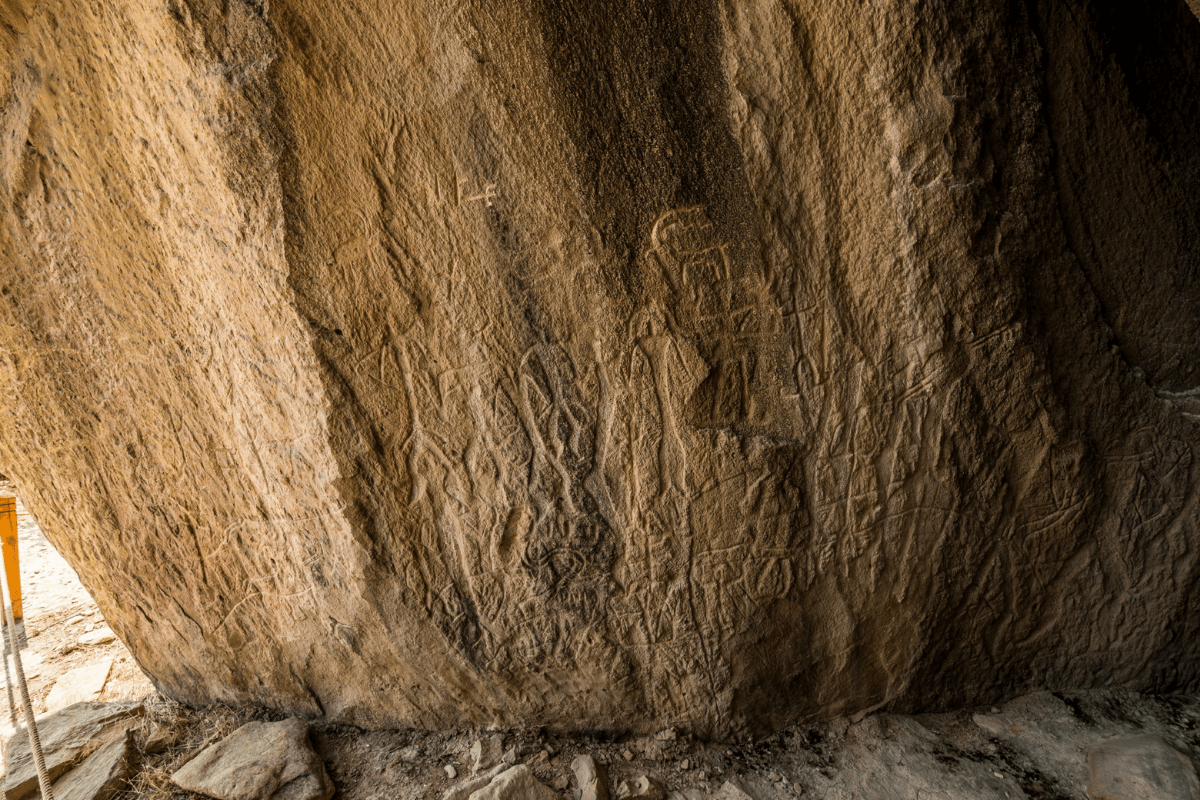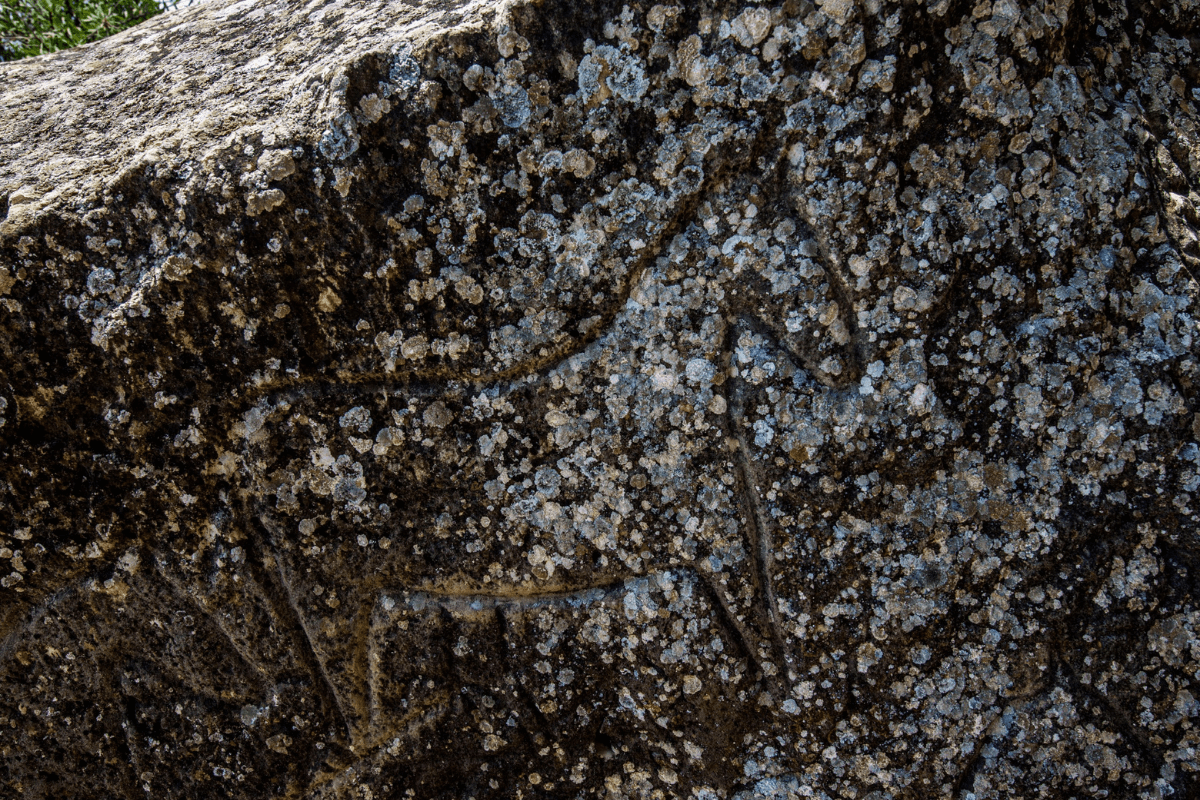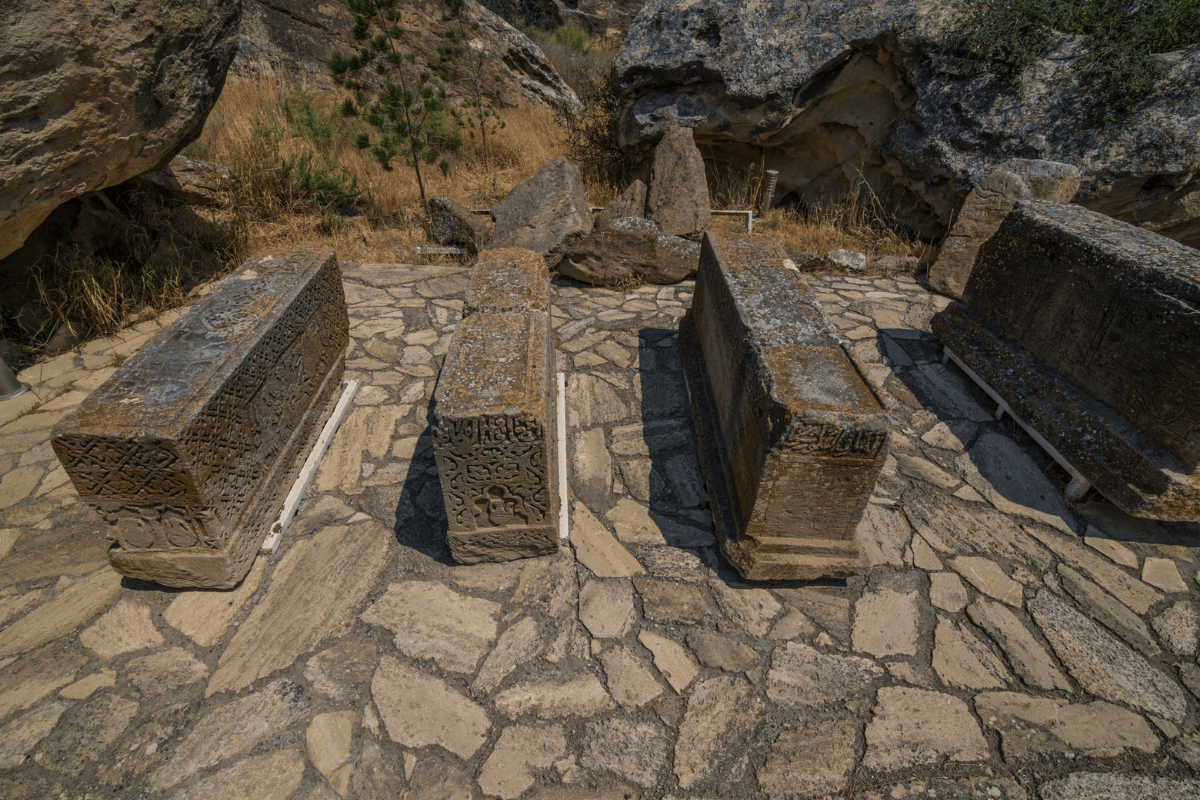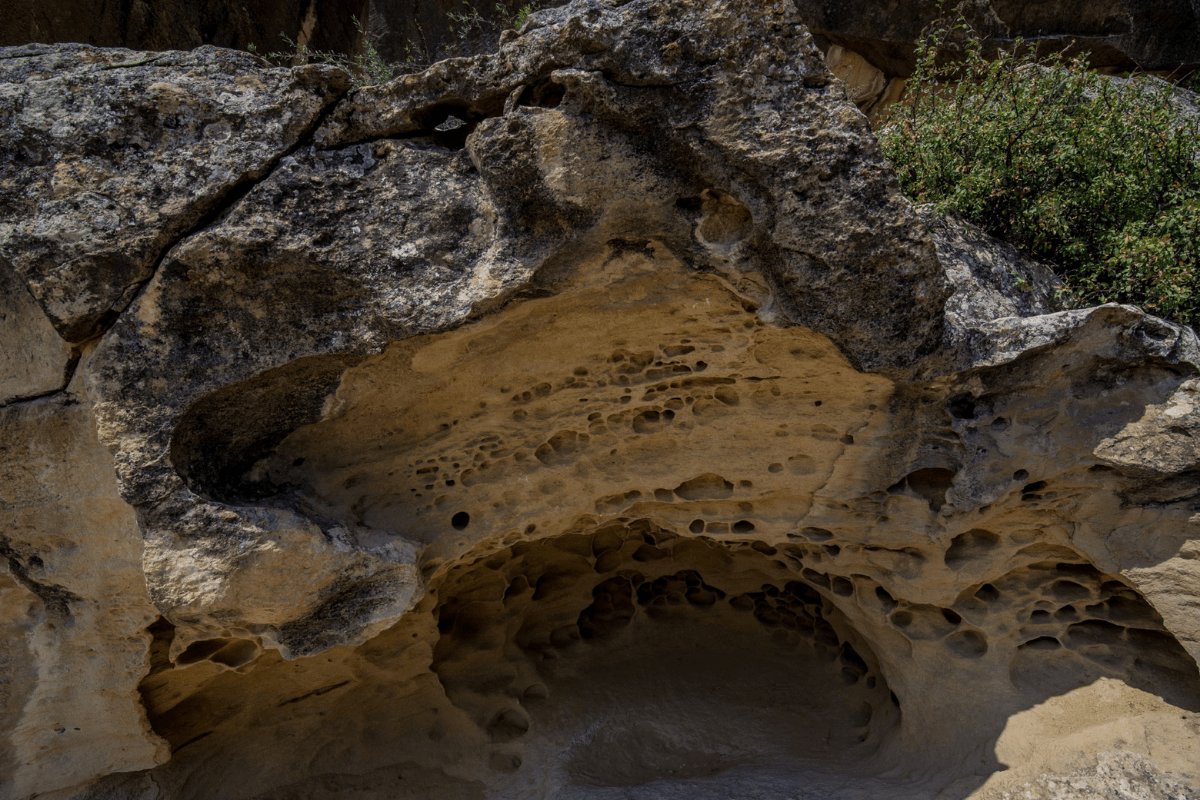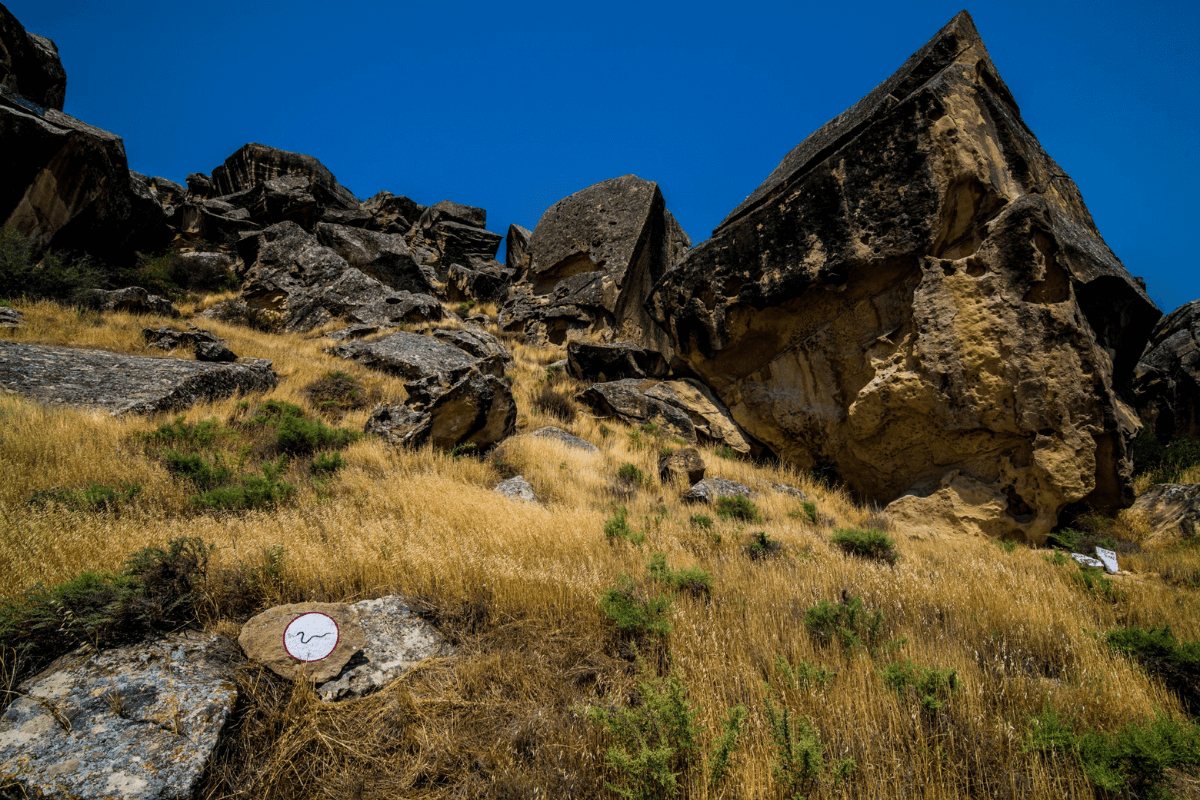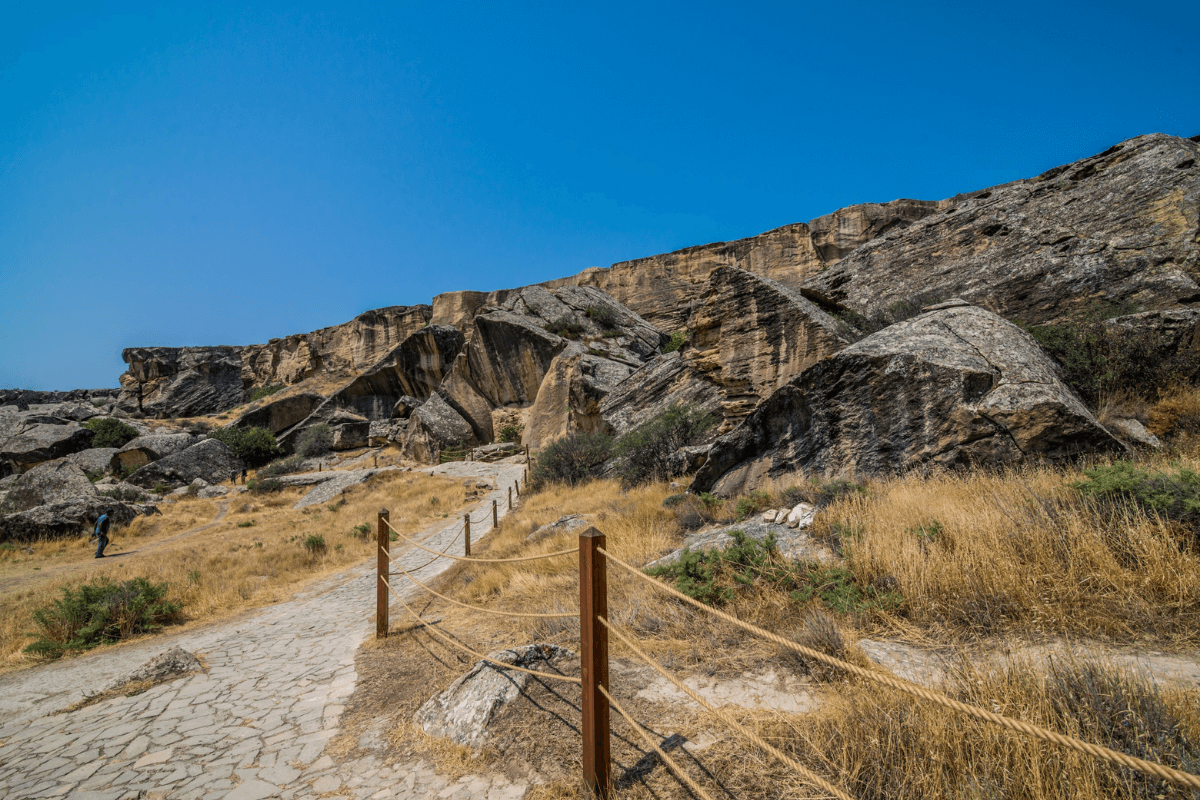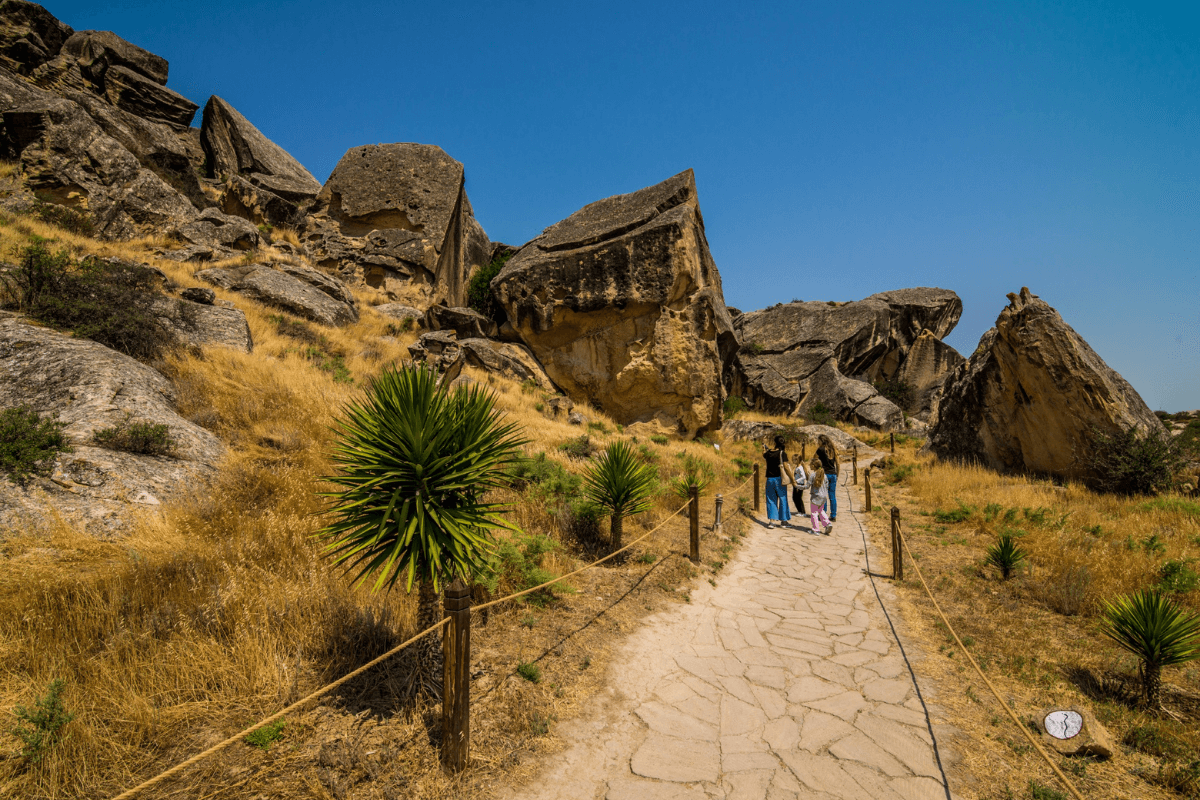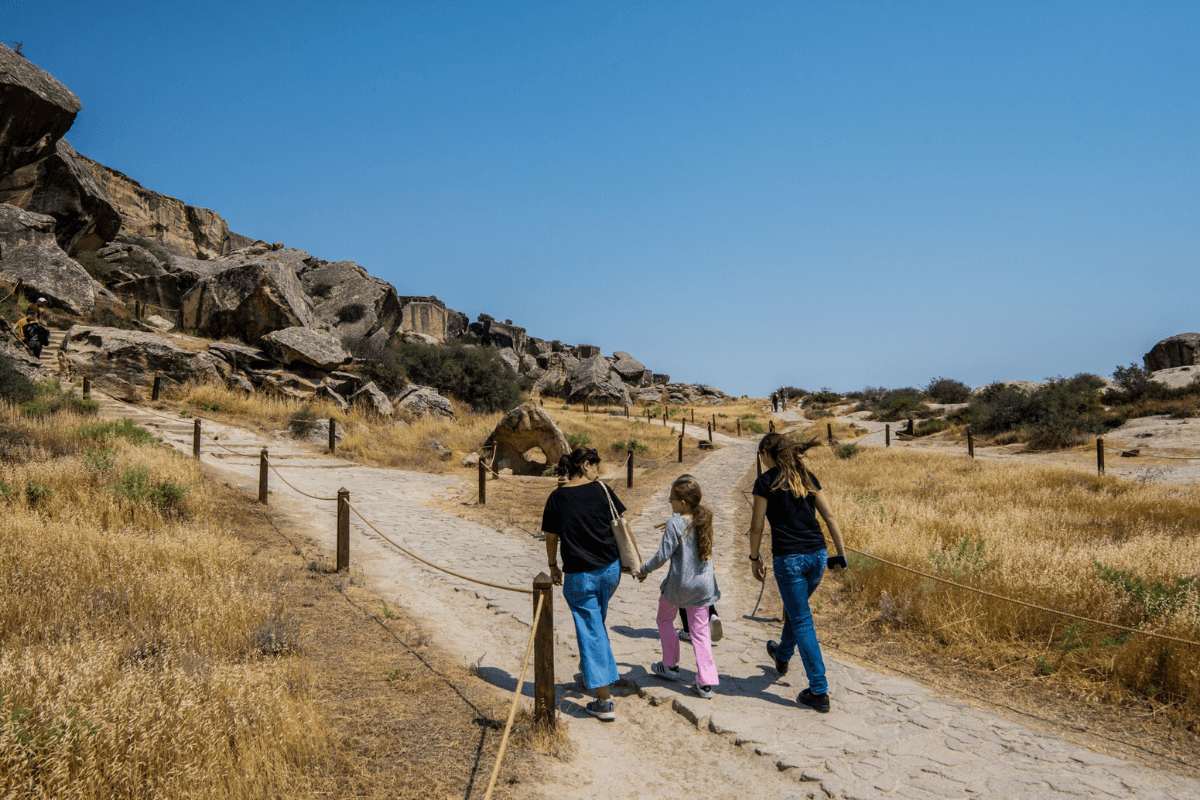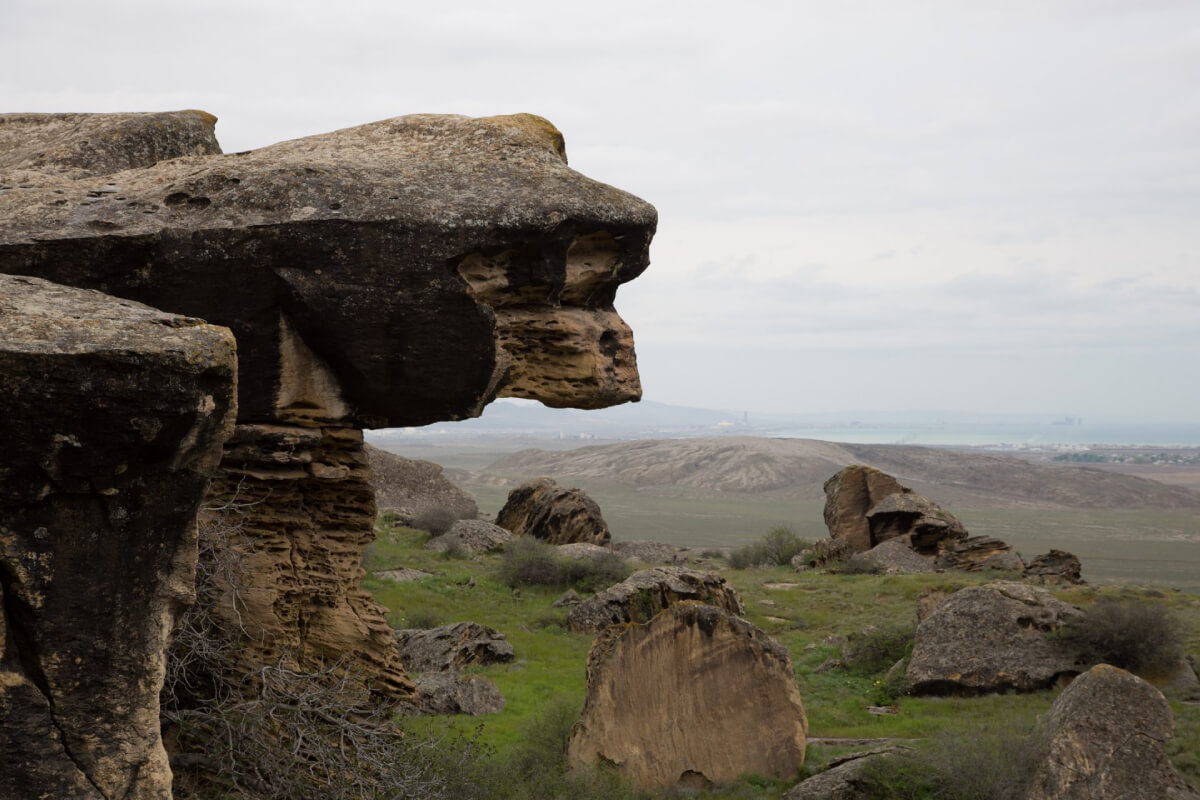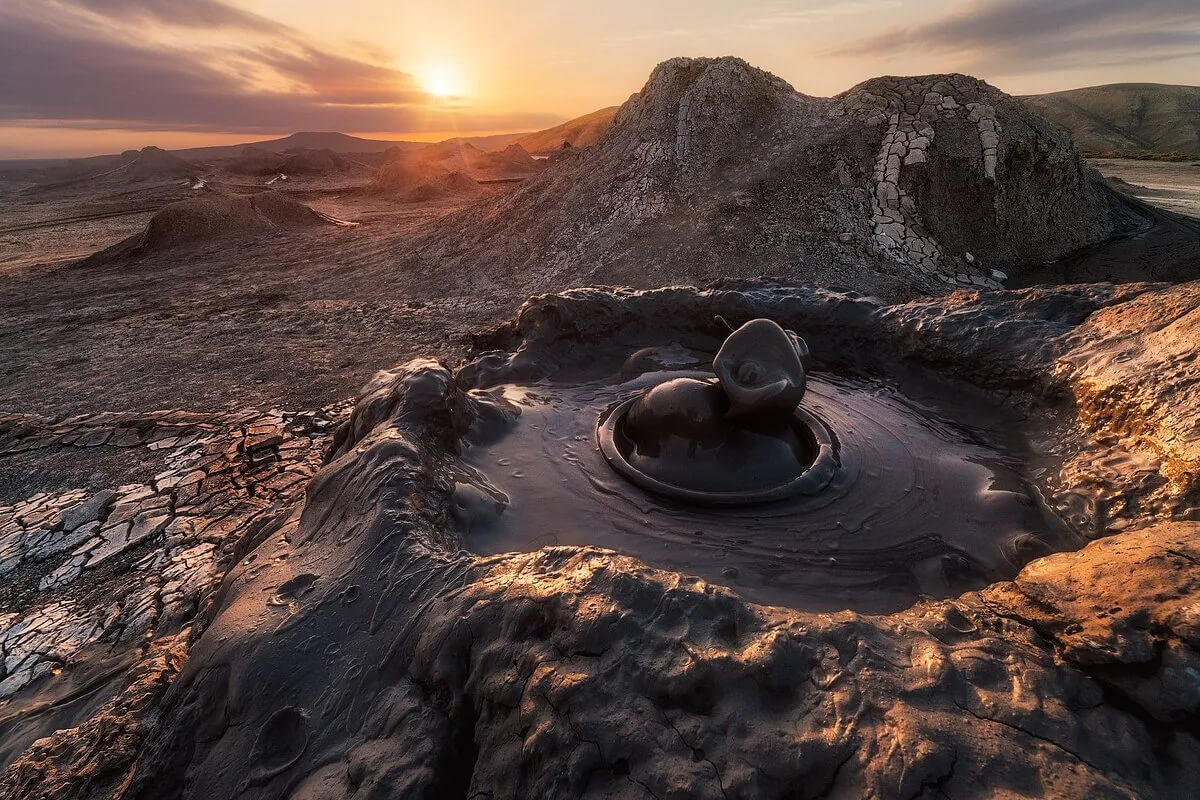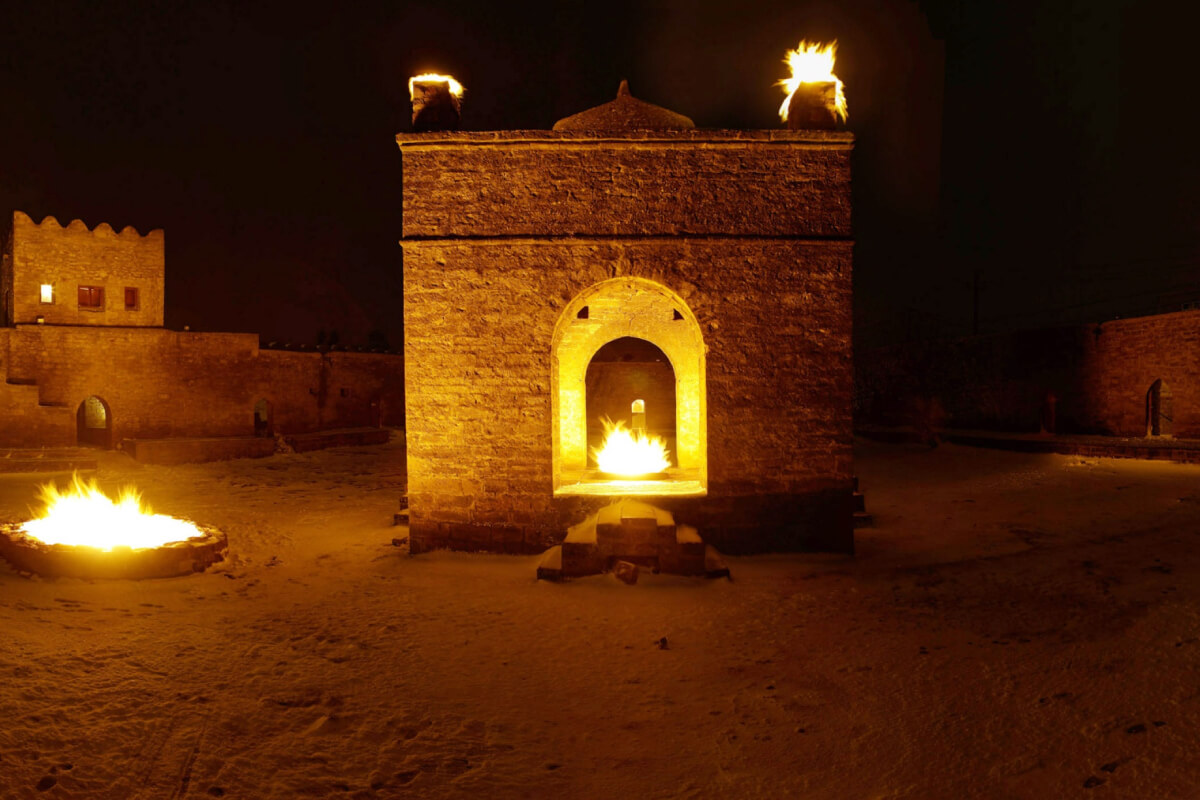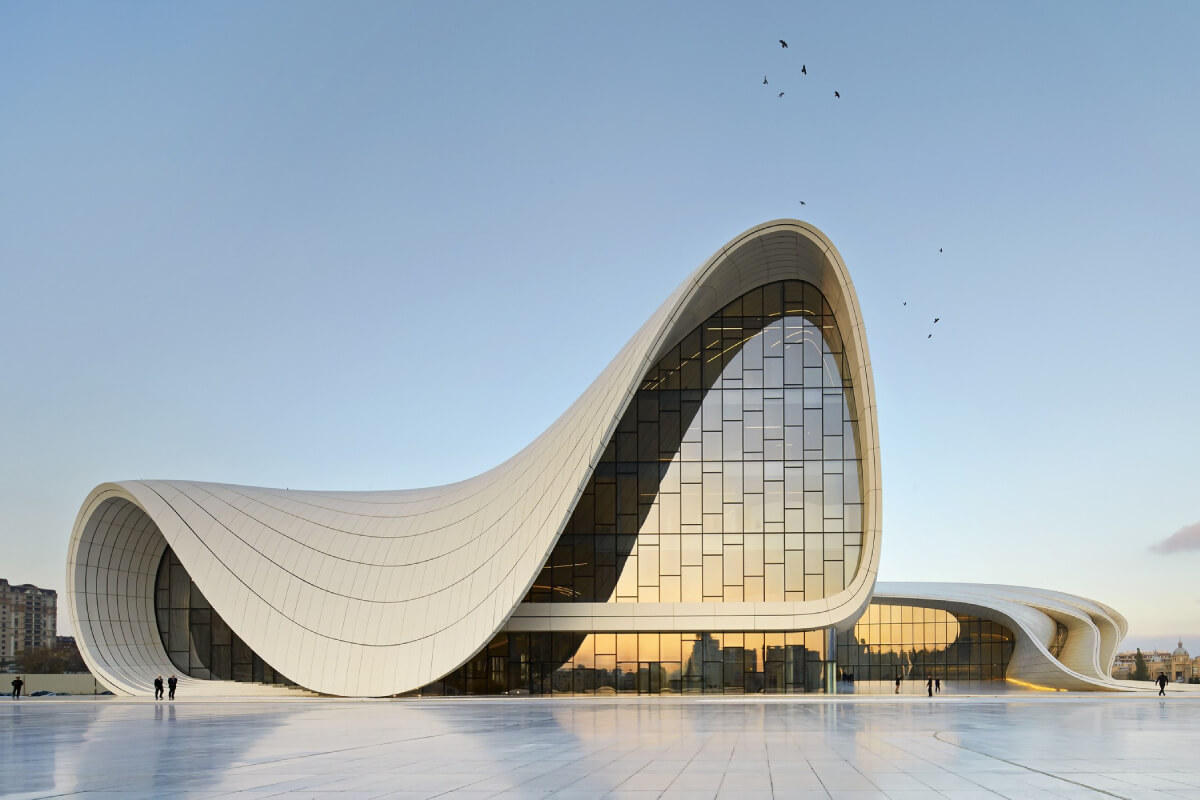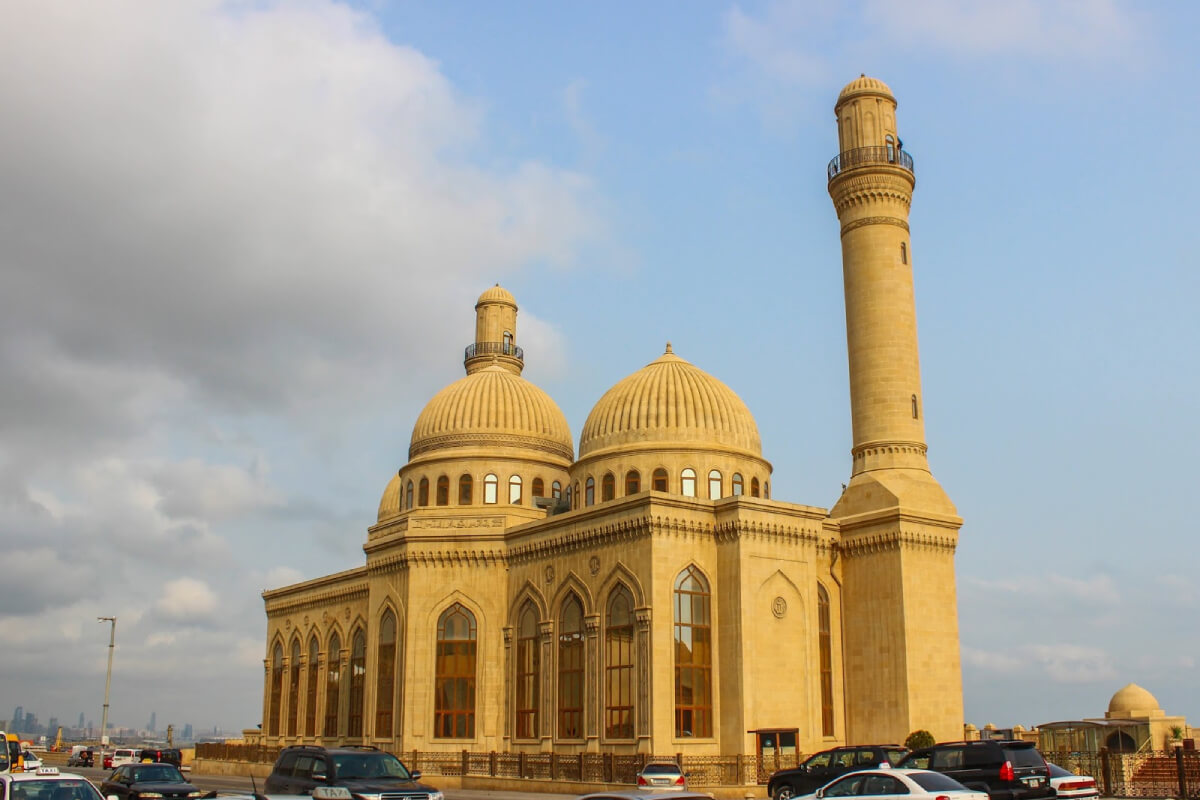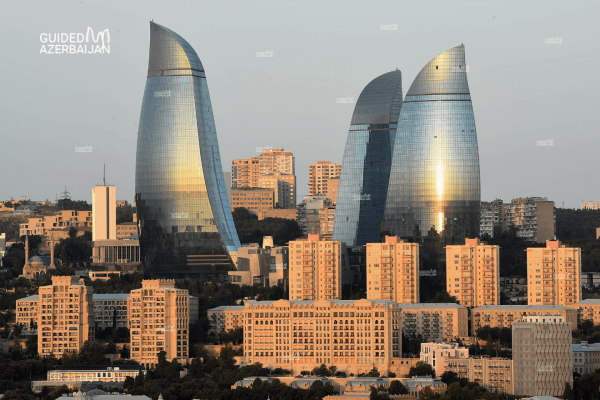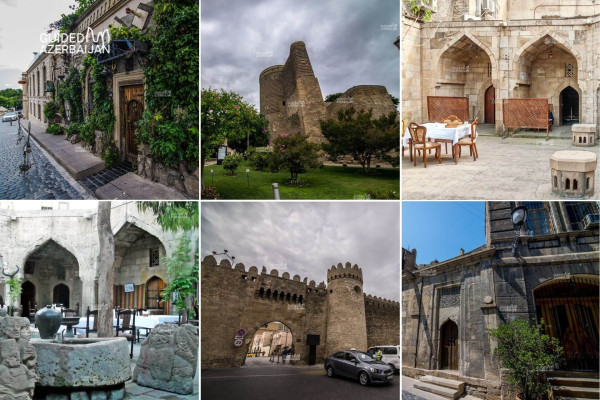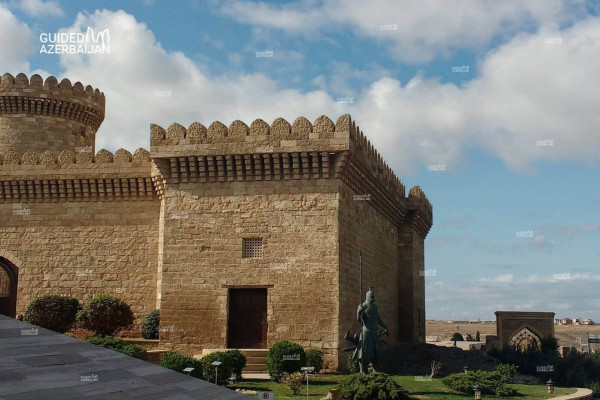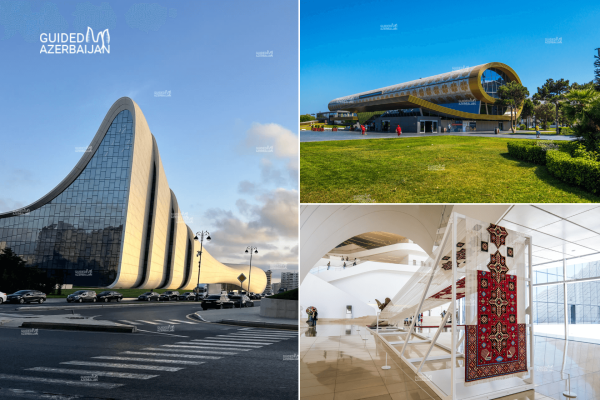Full Day Trip Baku
-
9 Hours
-
Max People : 100
-
Pickup: Any hotel / accommodation within Baku
Description
Full Day Trip Baku
Discover some of the most iconic natural, historical, and cultural landmarks of Azerbaijan on this full-day guided tour from Baku. From ancient petroglyphs to eternal flames, this journey offers a perfect blend of archaeology, geology, religion, and architecture. Explore UNESCO-listed Gobustan, witness the surreal landscapes of mud volcanoes, and visit sacred temples and modern marvels across the Absheron Peninsula.
📍 Gobustan National Historical and Artistic Reserve
Gobustan National Historical and Artistic Reserve - A Gobustan tour from Baku takes you to this UNESCO-listed site located just 50–60 km from the city, famous for over 6,000 prehistoric rock carvings and petroglyphs.
📍 Mud Volcanoes
Gobustan is also home to some of the most active mud volcanoes in the world. As part of a Gobustan and mud volcanoes tour, you’ll witness these low, bubbling craters that remain active year-round, offering a truly fascinating geological experience.
📍 Bibi-Heybat Mosque
This historic 13th-century Bibi-Heybat mosque, located on the southwestern edge of the city, is a key stop on any full-day Baku tour, reflecting its rich spiritual and architectural heritage.
📍 Ateshgah – Fire Temple in Surakhani
Ateshgah, located 25 km from Baku, is an ancient Zoroastrian fire-worship temple built over natural gas vents. As part of the full-day Baku tour, the Fire Temple tour Baku offers a visit to this 17th-century complex, now serving as a museum within its historic walls.
📍 Yanardagh – The Burning Mountain
Yanardagh is a natural hill where flames emerge from underground gas and burn continuously. The fire has been burning for centuries, creating one of the most impressive natural sites near Baku and contributing to Azerbaijan’s nickname — the “Land of Fire.” The Yanardagh tour Azerbaijan is included in the full-day Baku tour, allowing visitors to witness this unique natural phenomenon up close.
📍 Heydar Aliyev Cultural Center (Exterior Stop)
This iconic structure, designed by renowned architect Zaha Hadid, is one of the most famous architectural landmarks of Baku. With its fluid lines and futuristic design, the Heydar Aliyev Center is a must-see photo stop included in the Gobustan & Absheron full-day tour from Baku. The tour offers visitors a chance to capture unforgettable moments at this modern masterpiece as part of the broader sightseeing experience.
📞 Book Your Gobustan & Absheron Tour Today!
Contact via WhatsApp or Call: +994 51 557 77 79
Let us take care of everything - from transportation to guiding, so you can fully enjoy this unforgettable journey.
Travel Styles
Facilities
Itinerary
Notes: We highly recommend booking pre-tour accommodation to fully experience this crazy and beautiful Baku city.
Location
Reviews
5.0/5
Excellent
Very Good
Average
Poor
Terrible
Showing 66 - 70 of 73 total
Ghinescu R
Best tour guide and agency in Baku,everything was perfect,I recommend Tahiti and his brother,he speaks perfect English!!!
Girish D
The day trip around Baku City with Guided Azerbaijan was very well formulated and timed. It was stress free and we thoroughly enjoyed every moment. The driver cum guide Youseeph was very knowledgeable, English speaking and polite. As first timers we got all the desired information about all the places visited.
fahad s
Lamia is amazing , The trip is designed and Managed so well that i would come back to baku again for you guys . The translater is Wow .
Vinay H
Our family of 4 took the full day Gobustan and Absheron trip with Guided Azerbaijan and we were very satisfied with the experience. The minivan provided was in good condition, the driver Kamil was safe and helpful, and the guide Ali was knowledgeable and informative. Overall a very professional and reliable service. Highly recommended
Anupama H
Went on a day trip to Qobustan and surrounding areas, including the fire temple and Yenar Dag. The driver Kamil and tour guide Ali were extremely pleasant and Ali was knowledgeable and informative. English was not an issue. He gave us lots of interesting tidbits about the places we visited. Kamil also drove very safely. Would recommend this.


